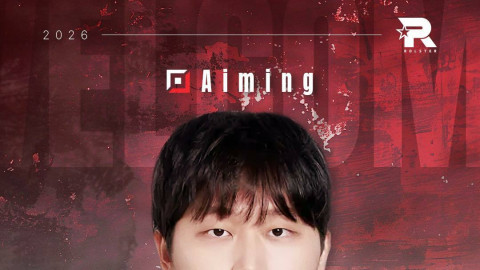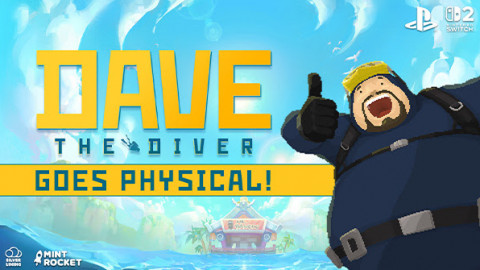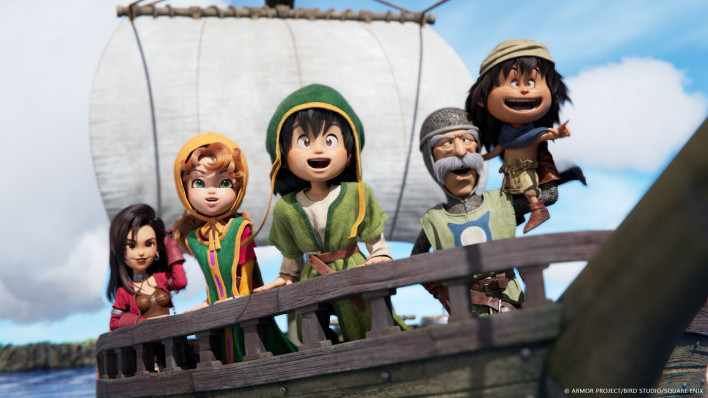
Square Enix’s DRAGON QUEST VII is returning as a remake. The title, DRAGON QUEST VII: Reimagined, signals that many elements have been updated to better suit modern players while preserving the core of the original.
DRAGON QUEST VII was previously remade in 2013, but that version was created directly from the original, with the 3DS additions integrated as needed. The biggest change in Reimagined is the choice of 3D graphics over the HD-2D style used in other remakes. This decision allows players to enjoy the charm of Akira Toriyama’s original illustrations while presenting visuals that match today’s standards.
We had an opportunity to discuss the newly reworked DRAGON QUEST VII: Reimagined with its producer, Takeshi Ichikawa.
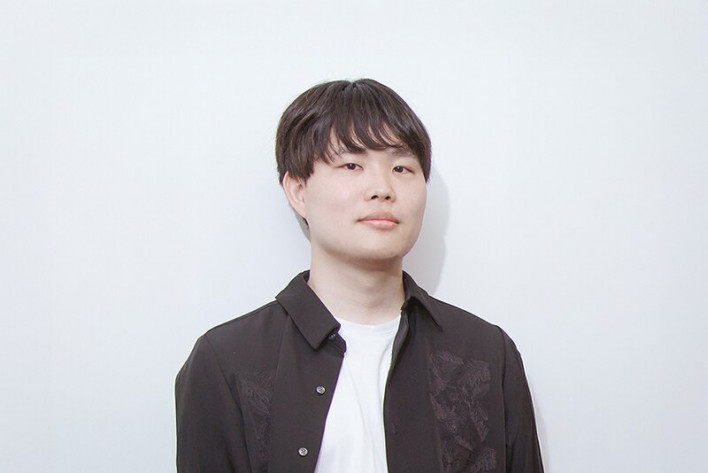
The DRAGON QUEST series has pursued several remakes in recent years. Among them, DRAGON QUEST VII, now marking its 25th anniversary, was chosen because of its themes. The original features a darker tone and depicts an unjust world—topics producer Ichikawa believes resonate even more strongly with players today.
Ichikawa said his goals for this project are focused on visuals, story, and combat.
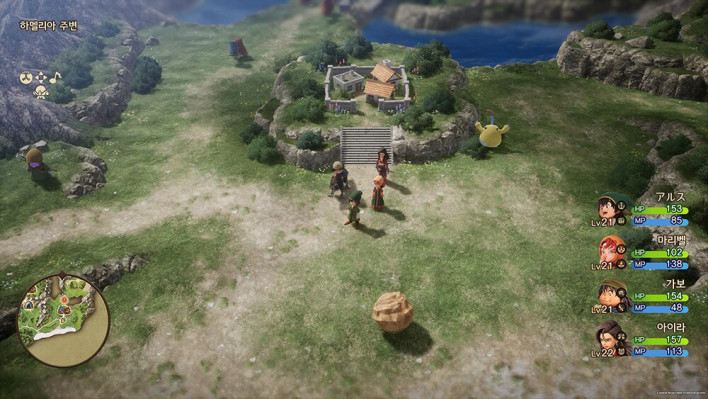
He explained: “We didn’t change the core elements of the original—its dark atmosphere and the absurdity of its world. It’s a new DRAGON QUEST VII, but the atmosphere stays true to the original. Fans who enjoyed it years ago will find the experience familiar and appealing.”
To that end, the scenario has been reorganized. While the original connected many short stories in sequence, Reimagined revises these episodes with small but meaningful adjustments, tightening the pacing and creating a more cohesive narrative flow.

While sub-scenarios have been updated, the main story and tone remain faithful. Additional scenarios exist to let players experience new sides of the characters, and several include choice-driven variations that can alter the ending.
All non-story content has also been rebuilt from the ground up. The casino incorporates well-known elements from the original, while Arena content has been added for players who want more from the revamped combat. Monster jobs have been replaced with a variety of human jobs, and Monster Hearts now function as accessories.

The new visuals are the most immediately noticeable change. Thanks to a diorama-inspired style, scenes often feel like hand-crafted miniature figures have come to life. This decision was made to highlight Toriyama’s illustrations, especially since DRAGON QUEST VII features rounder, cuter characters compared to other entries.
Ichikawa noted that doll-inspired games have been popular recently, which influenced the decision to adopt this style.

The most difficult part of development was achieving the right sense of scale between characters, monsters, and environments. The team experimented extensively to find the right proportion. According to Ichikawa, the key was in the process: scanning realistic dolls representing the characters, designing buildings to match the scale, and combining atmospheric effects such as fog, blur, and sound.
The playable demo clearly showed how well the characters and environments harmonize in practice.

Combat has also been updated significantly to align with modern expectations. Ichikawa explained that regular battles were designed to be fast and easy, while boss fights require strategy and careful planning.
“To support this, regular battles include 3x speed combat, auto-battle, and the ability to instantly defeat low-level enemies on the field,” he said. “You can also change jobs from anywhere.”
Balancing these systems—fast combat, strategic bosses, dual-job mechanics—was one of the most challenging aspects because so much had been restructured.
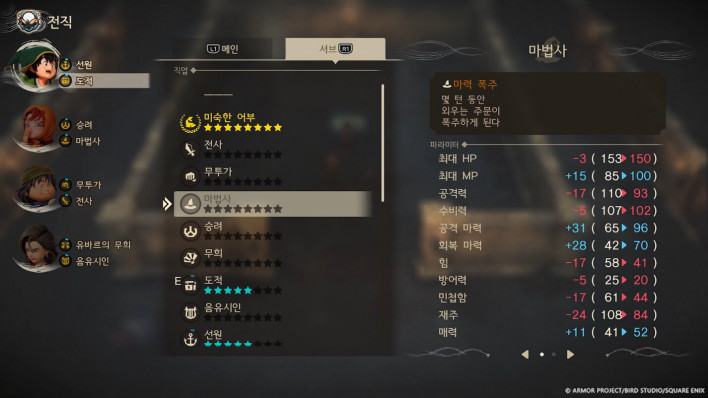
One feature returning from the original is the ability to equip two jobs through subclasses. Once a job’s adeptness is filled, players can advance or switch. However, Ichikawa noted that switching jobs often made characters too weak initially, so allowing two jobs at once helps maintain stability. “It effectively gives players double utility,” he said.
For beginners, he recommends the Monk job thanks to its Burst ability, which removes all negative status effects while restoring health.

DRAGON QUEST VII stands on its own and does not tie into another series entry, making this remake an inviting starting point for new players.
Ichikawa said, “This is a standalone story, and we’ve made adjustments to match modern expectations. If someone is thinking about their first Dragon Quest, I believe choosing the Reimagined version will give them a fresh, memorable experience.”

The remake also includes official Korean language support, allowing Korean players to fully experience the story for the first time. Ichikawa said the team knew many Korean fans had long supported the series, so Korean localization was planned from the very beginning.
He shared a message for those waiting: “I believe DRAGON QUEST VII is a story that can be enjoyed even more in this era. This version will satisfy both newcomers and longtime fans who previously played through translations. Please look forward to it.”
DRAGON QUEST VII: Reimagined releases on February 5, 2026 for PS5, Xbox Series X|S, Nintendo Switch, and Nintendo Switch 2, followed by a Steam release on February 6.
-

I write. I rap. I run. That’s pretty much it.
Sort by:
Comments :0


